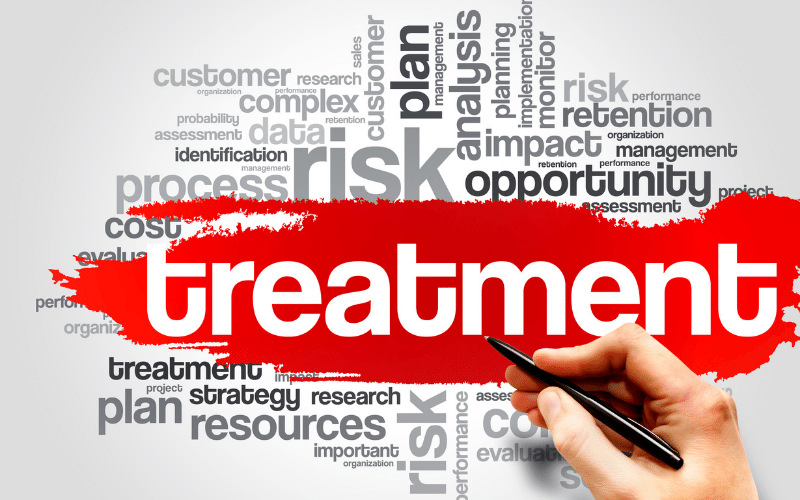Fact 6: Treatment Options

Cholecystitis, though daunting, isn’t an unbeatable foe. Armed with a blend of traditional and advanced treatments, the medical realm is well-equipped to address it. Initial treatment often revolves around a two-pronged approach. Firstly, the body needs a break. This entails fasting, giving the gallbladder some much-needed downtime. With the gallbladder at rest, inflammation often subsides. During this period, intravenous (IV) fluids become essential. They maintain hydration levels, ensuring that the body’s vital functions don’t miss a beat.
Pain, that relentless companion of cholecystitis, requires swift attention. Pain relievers, prescribed by the attending physician, come into play here. They offer not just relief but also a better quality of life as the patient navigates the illness. Accompanying these are antibiotics, especially if an infection is brewing. These meds wage war against the offending microbes, curtailing their mischief.
But what if the condition persists or frequently revisits? Surgical interventions might then take center stage. A cholecystectomy, or the removal of the gallbladder, is a common recourse. Today, with the advent of laparoscopic surgery, this procedure is less invasive, boasts a shorter recovery time, and leaves behind minimal scarring.
In situations where surgery might be risky, alternative treatments like gallbladder drainage come into the picture. This involves using a tube to drain the gallbladder, offering temporary respite. Gallstone dissolution therapies, though less common, are another option. They utilize medications to dissolve gallstones, addressing the root of the problem. From lifestyle modifications to surgical solutions, cholecystitis treatment is versatile. The key lies in early diagnosis, timely intervention, and a tailored treatment plan. (6)